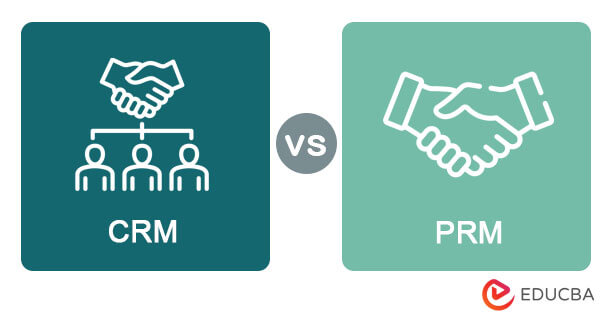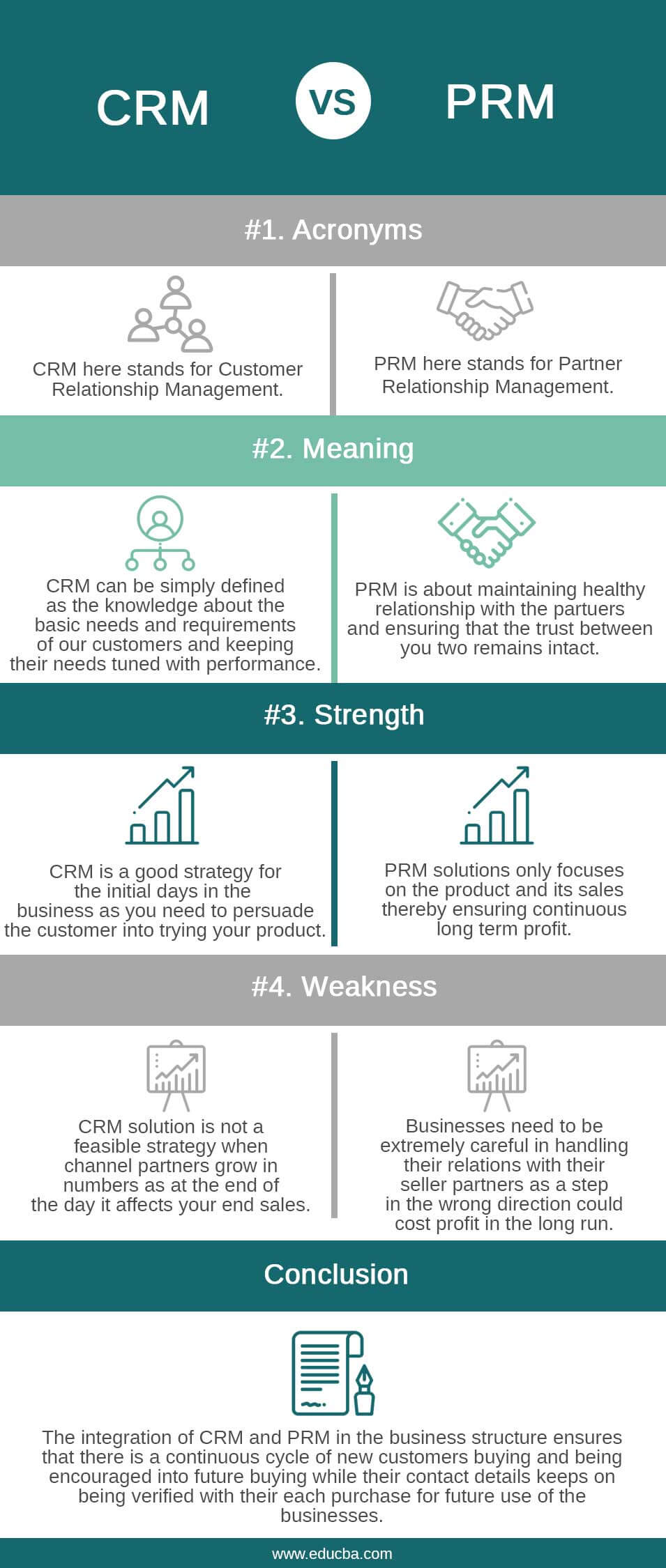All About The CRM vs PRM
CRM is an acronym for Customer Relationship Management, while PRM is for Partner Relationship Management. Both these terms are distinctly different and not invented or baked just a few minutes ago. These terms repackage old concepts into new forms with functional differences. PRM (Partner Relationship Management )involves many layers, as a business may involve multiple partners. Therefore, aligning with more business processes and workflows may be necessary to ensure a great sales enterprise. It is a sophisticated loop, with each partner playing a multi-dimensional role in bringing about value to the fore in production, sales, and consumption. In this article, we will see the difference between CRM and PRM.
CRM vs PRM
Managing customers and technology in channel sales can be challenging but crucial for market expansion. CRM (Customer Relationship Management) is about understanding and meeting customers’ needs to ensure satisfaction and drive revenue. Implementing CRM vs PRM requires customer interaction technologies across channels.
CRM vs PRM Infographics
#TIP: Relationships with customers are not the primary focus of businesses, despite the comparison between PRM and CRM. They focus on enticing customers to spend more to boost their profits. Thus, CRM for corporates collects data on the customers’ spending habits to understand their requirements.
Partner Relationship Management is about maintaining a healthy relationship with the partners and ensuring that the trust between you two, which brought you together, remains intact. Communication is very organic to the business structure where a partner is involved, as it is essential to understand your partner’s needs while being articulate about your own requirements. PRM structure fosters business growth through collaborative decision-making among partners. PRM challenges the partners to build a brighter future on a positive note while building an exciting and profitable business idea.
Pros of CRM
- CRM has seen an increase in expenditure from many businesses as this approach uses the modern technology-phone, SMS, email, and post to continuously promote their product to direct individual customers
- CRM, through extensive interaction, reads the habits of its consumers and achieves their confidence in buying the idea that a new product is always to be desired and bought
- It is a persuasive strategy in the initial days of business to encourage customers to try your product.
Cons of CRM
- CRM relies on acquired data from customer habits, but its failure lies in the unpredictable nature of human behavior and changing personal details in today’s fast-paced world.
- CRM may not be feasible with a growing number of channel partners as it can impact end sales.
Pros of PRM
- PRM solutions only focus on the product and its sales, thereby ensuring continuous long-term profit
- It ensures that the organization manages future sales by encouraging customers to return to them for their needs.
- PRM fosters a powerful collaboration between the dealers, vendors, and channel partners and allows a business model within the extended sales ecosystem
Cons of PRM
- Businesses need to be extremely careful in handling their relations with their seller partners as a step in the wrong direction could cost profit in the long run
- PRM is still considered to be a part of the sales department, and its role as a solution for continuous profit is ignored in the strategic planning of the business meetings
Can the CRM and PRM Strategies Co-exist in a Business Model?
The boundaries of any country no longer confine businesses. They are going global, and the hunger to expand and achieve greater revenues has caused businesses to become interdependent. To achieve global outreach, businesses must form strong relationships using PRM strategies.
A business venture like this would aim for efficiency in customer management and long-term profit generation. The co-existence of CRM and PRM strategies can support businesses in achieving a global outreach through strong customer relationships.
CRM would help in generating new customers and keep them satisfied with the help of data collection. There are even free online sales CRM options you can use. At the same time, PRM will further support CRM to ensure that the new customers keep giving them business opportunities by returning for their future purchases. When the customer returns for the business, his personal details can be easily verified and stored for future reference.
Thus, integrating CRM and PRM in the business structure ensures a continuous cycle of new customers buying and being encouraged into future buying. At the same time, their contact details keep being verified with their every purchase for future use of the businesses.
Recommended Articles
So here are some articles that will help you get more detail about CRM vs PRM, PRM vs CRM, and CRM and PRM. So just go through the link which is given below.


